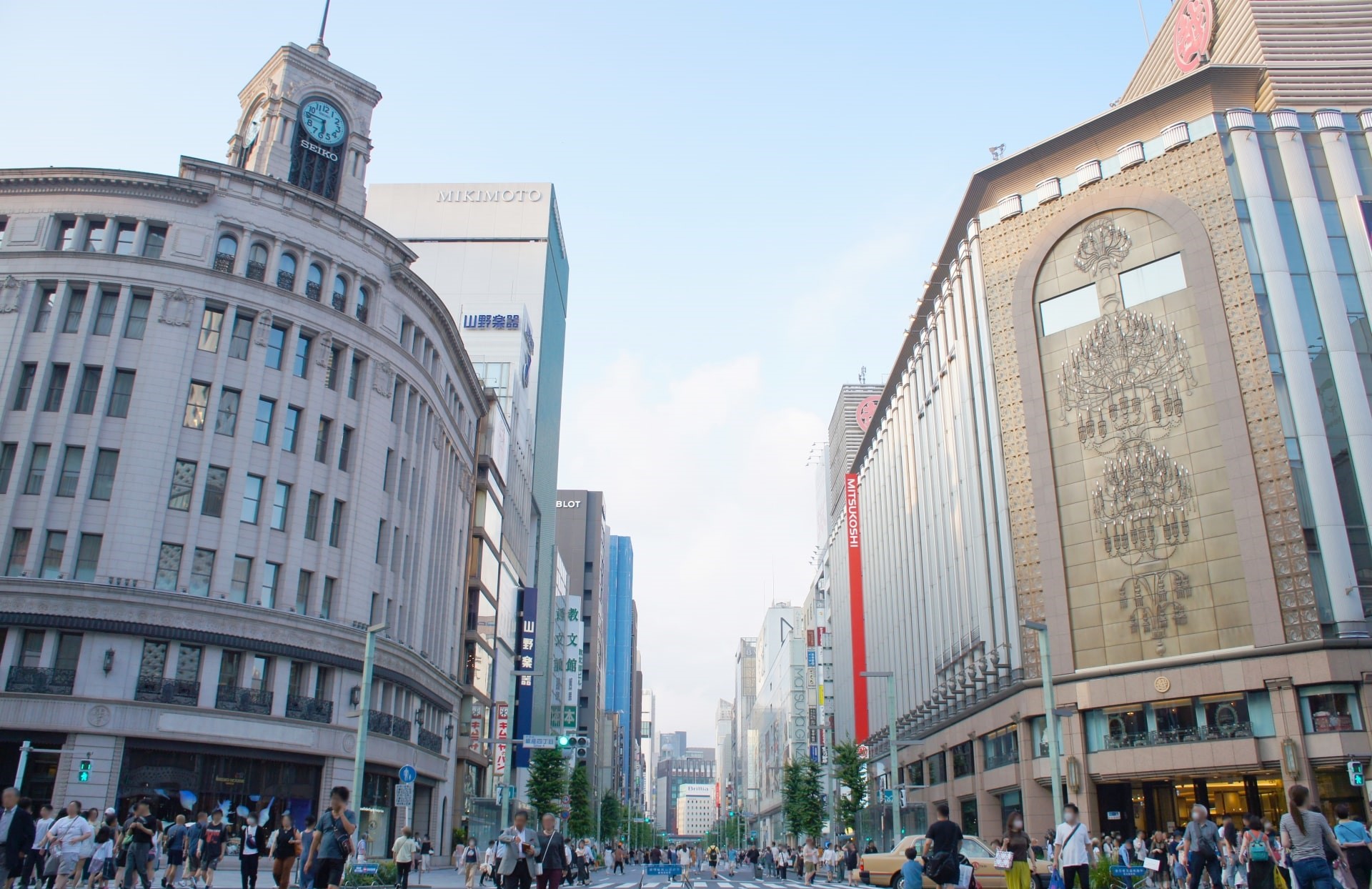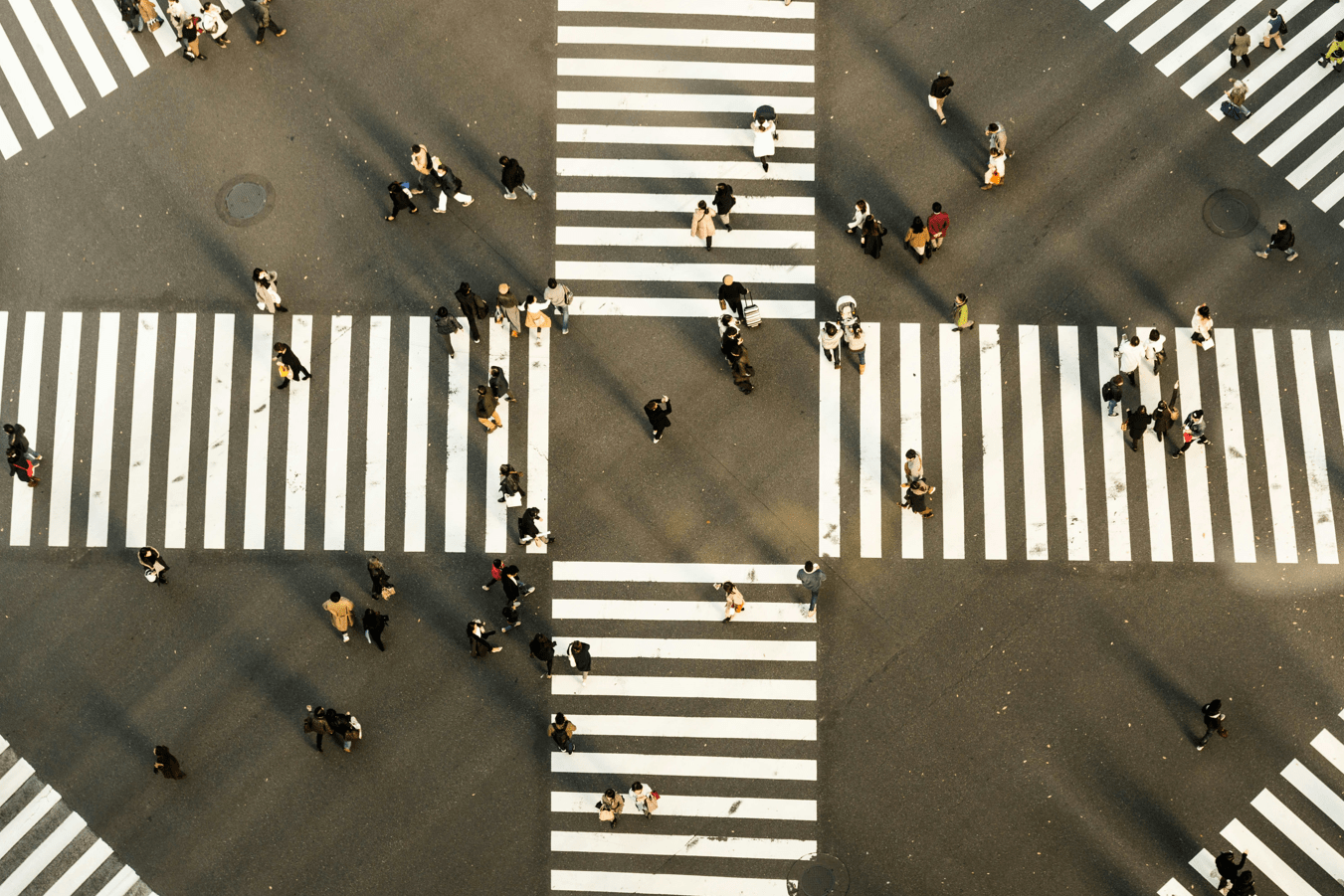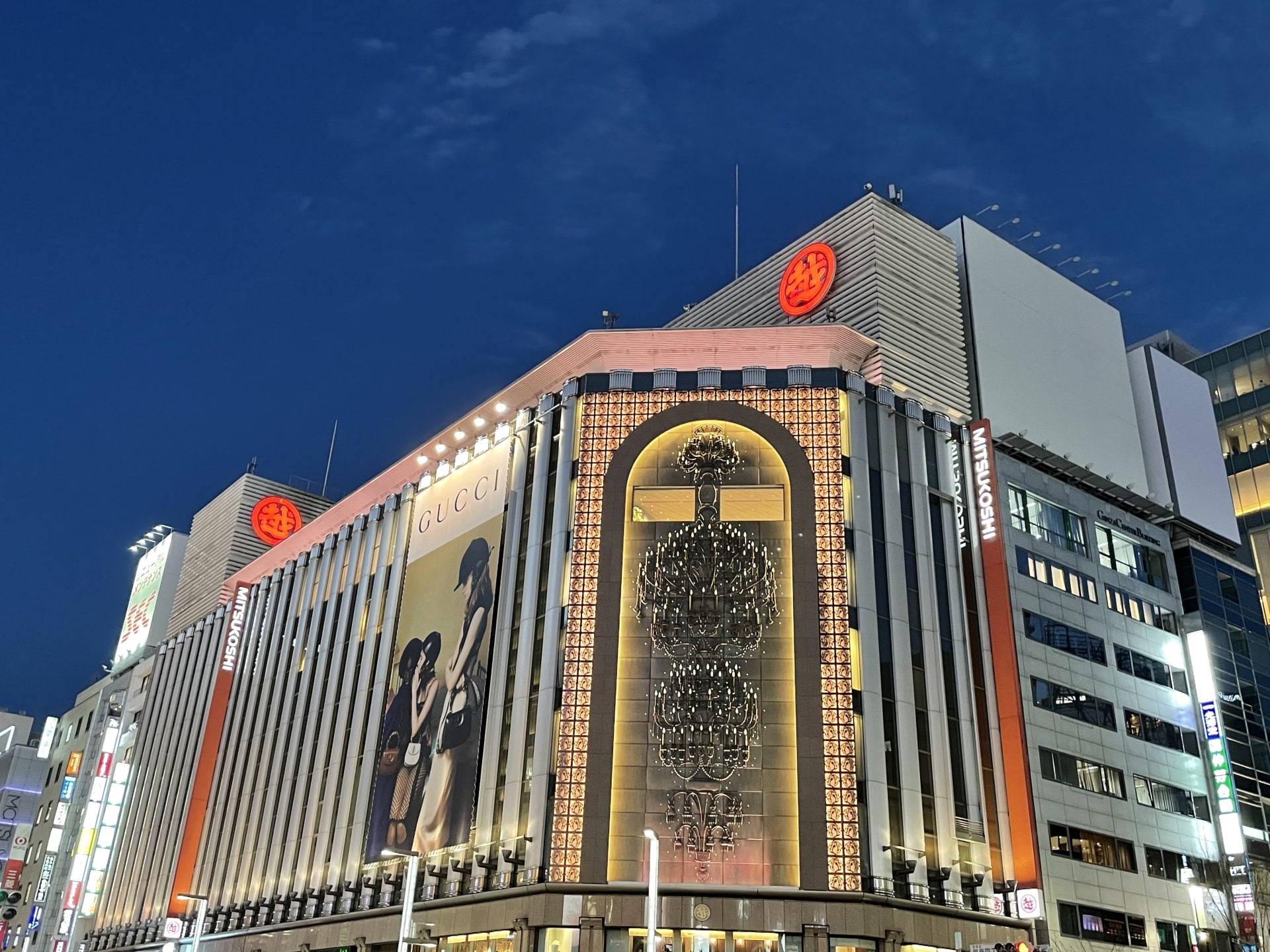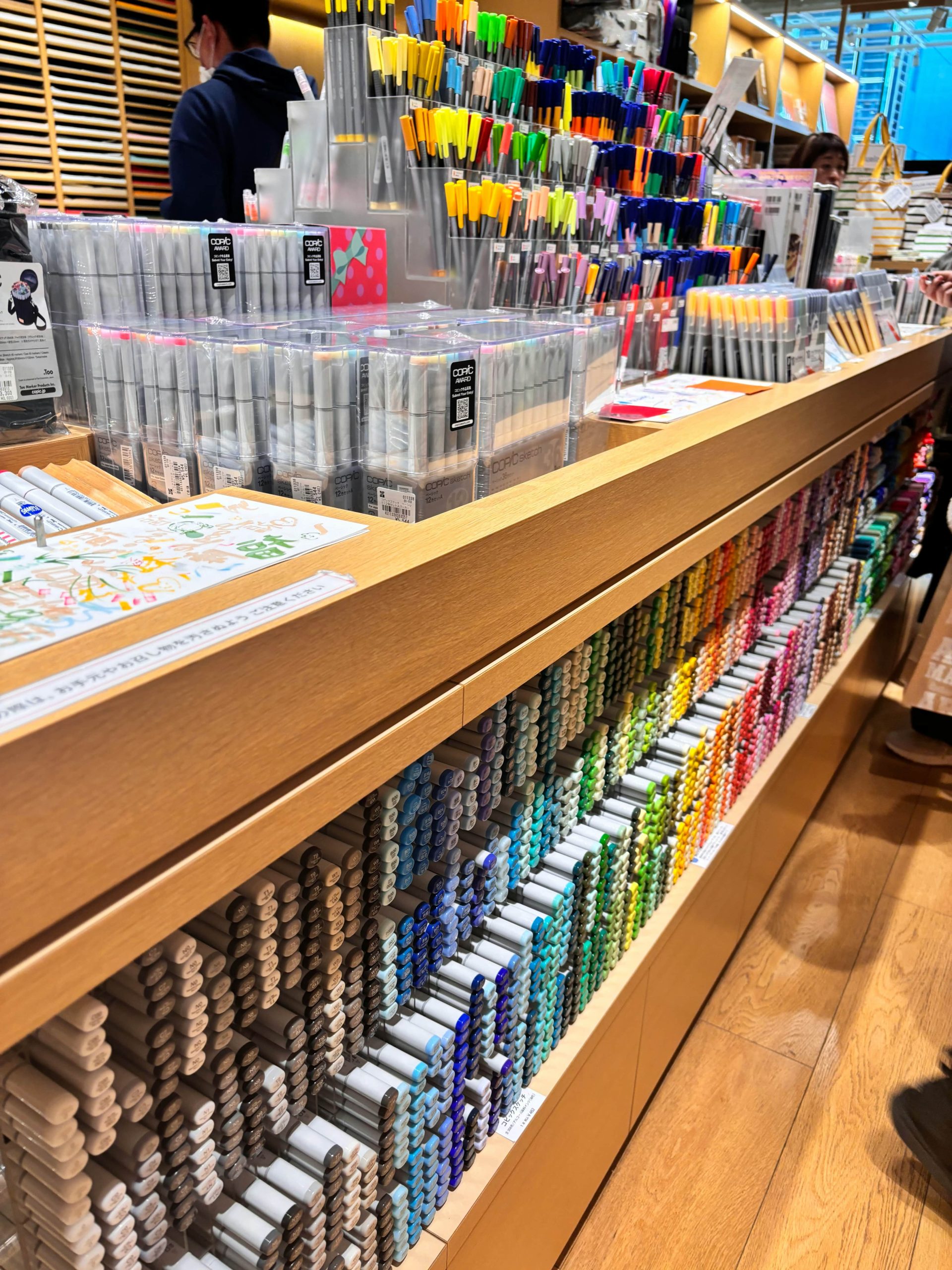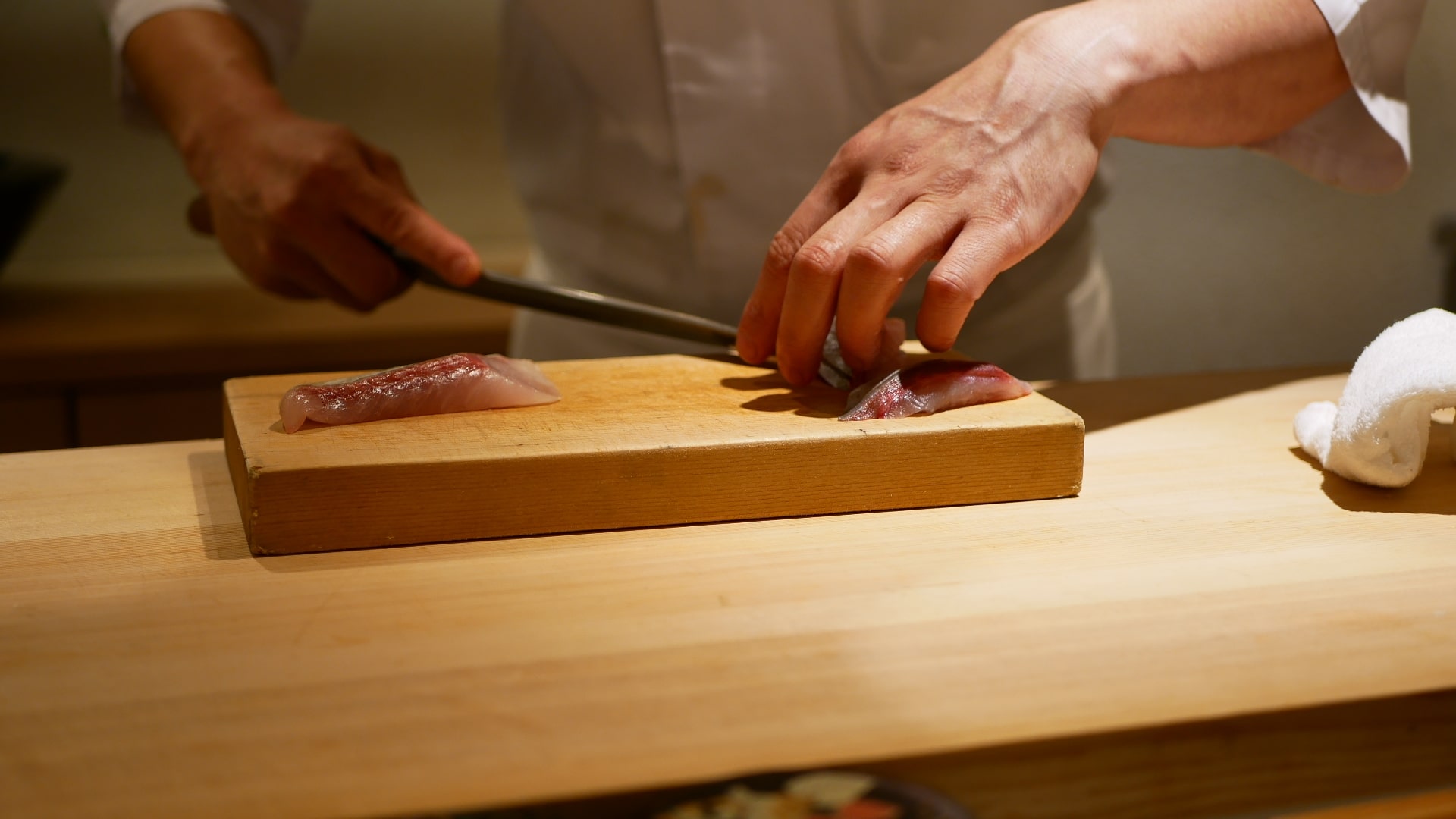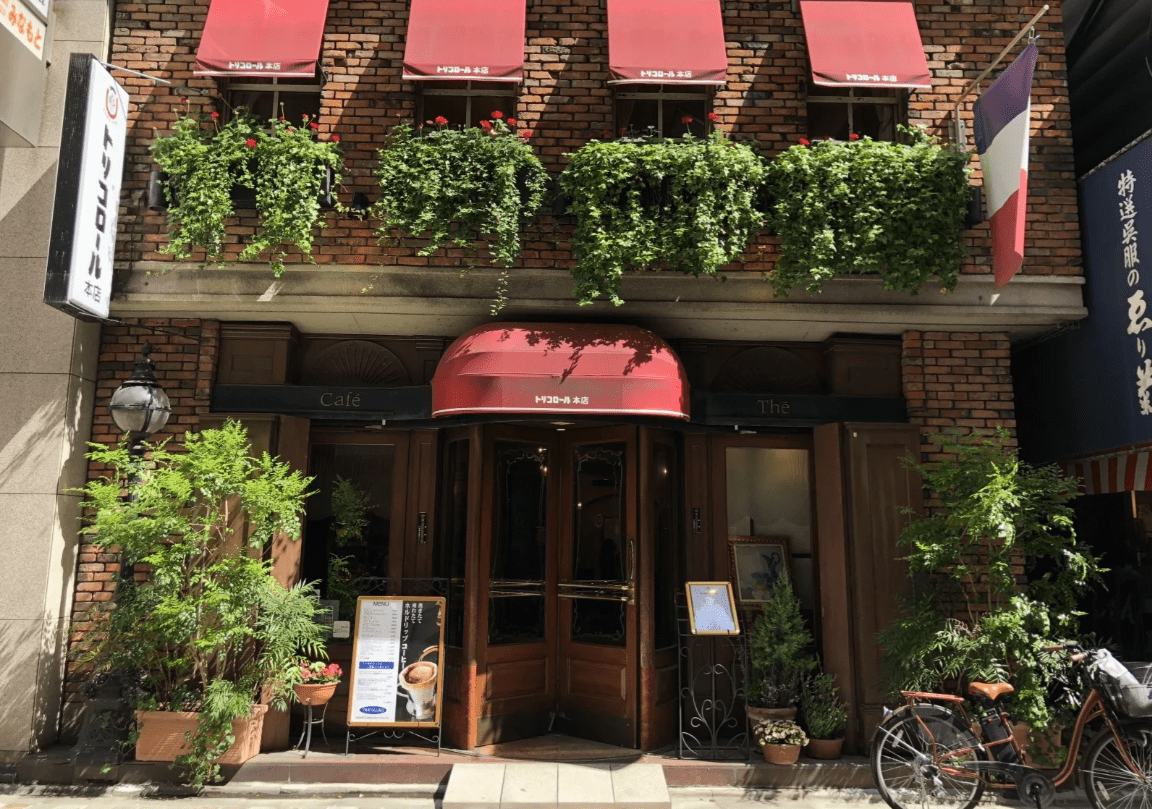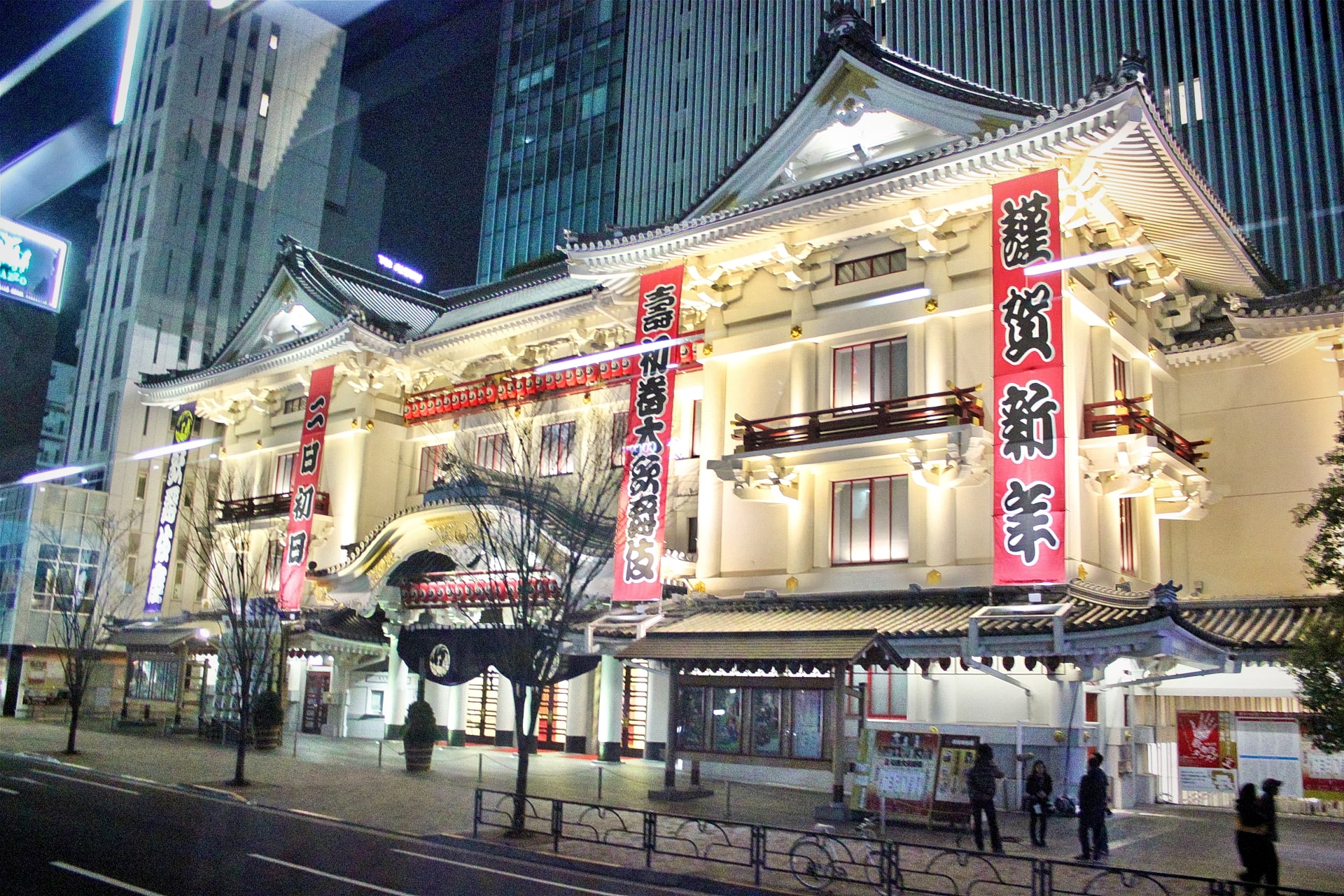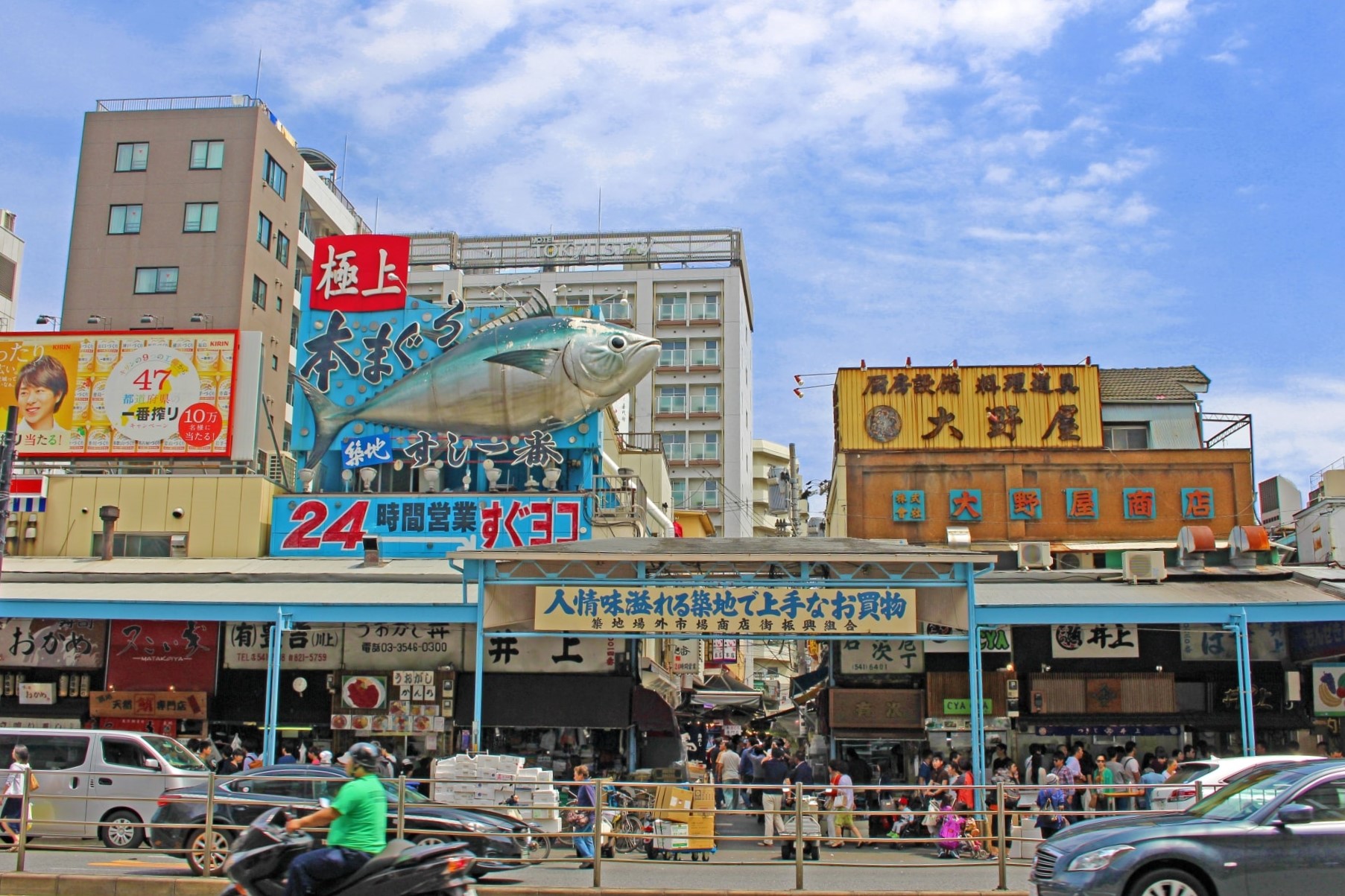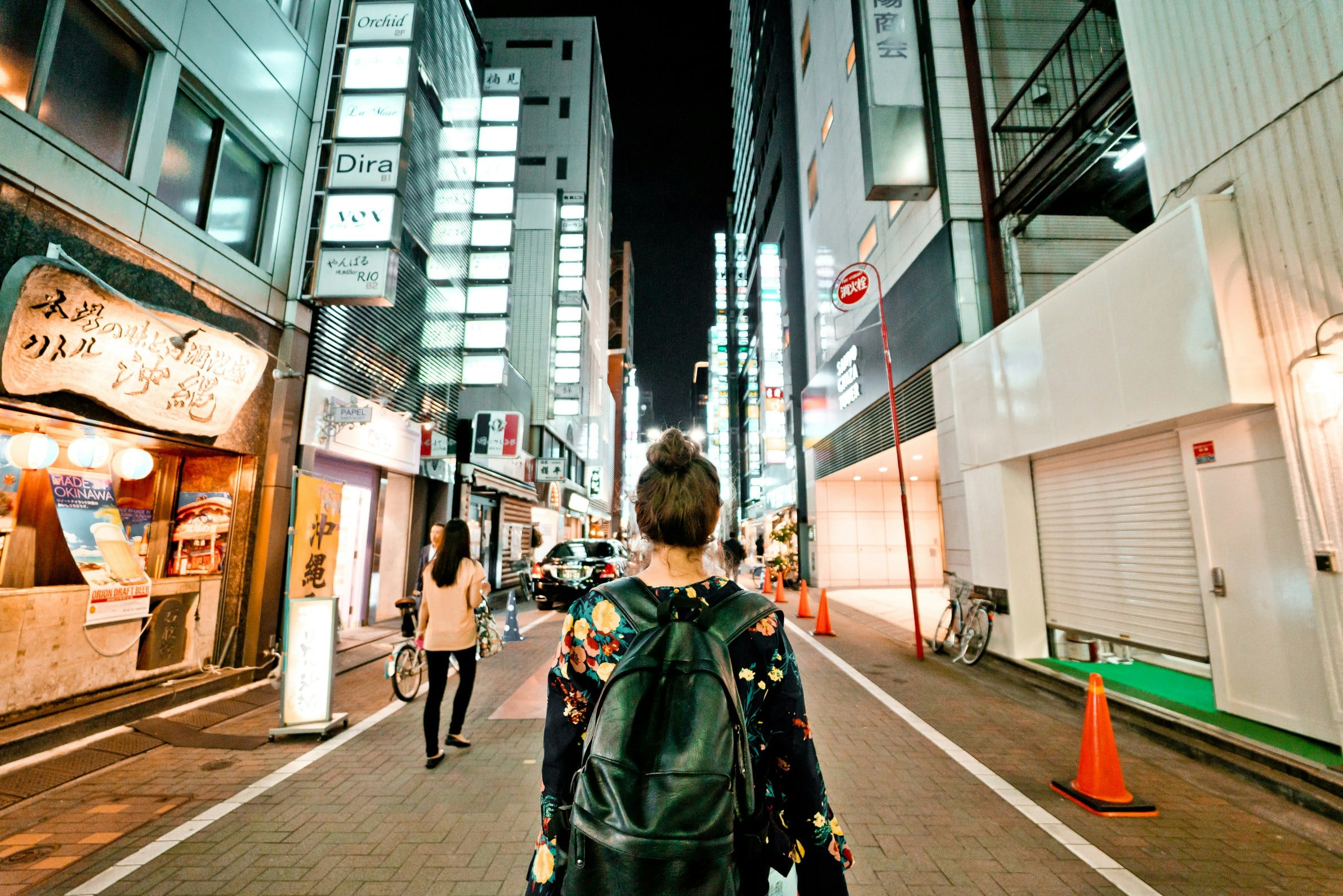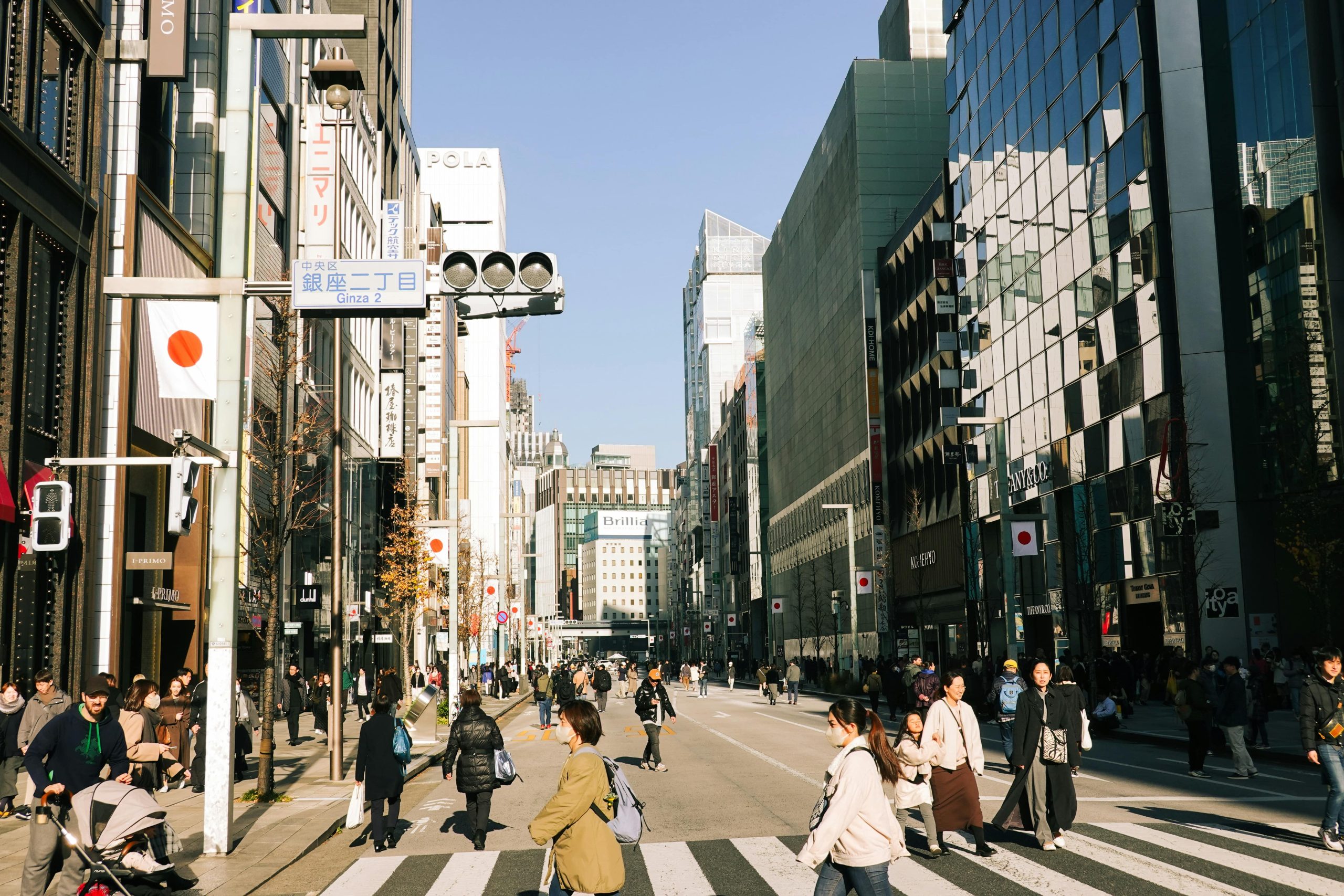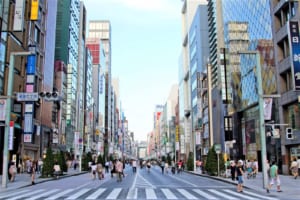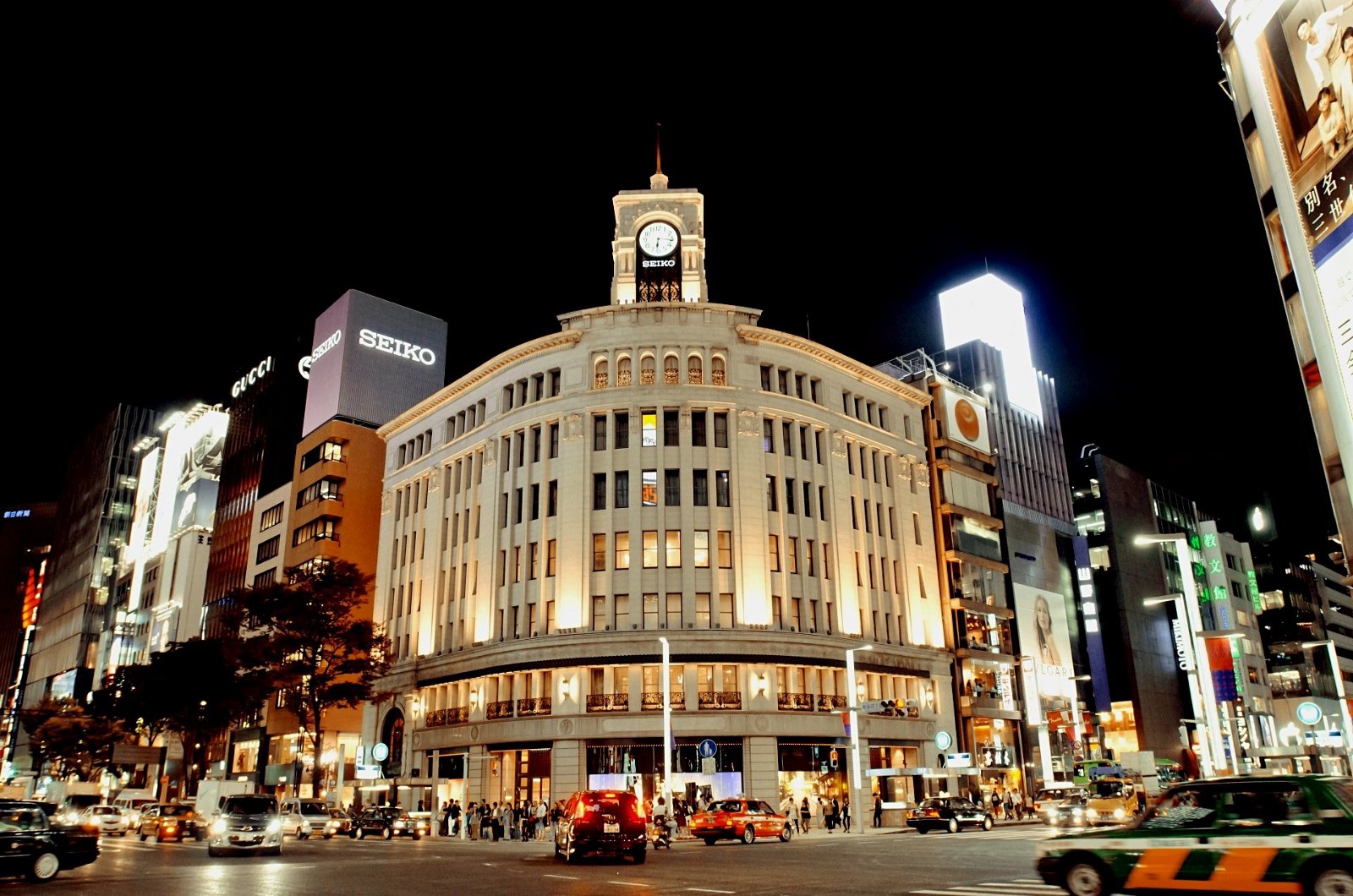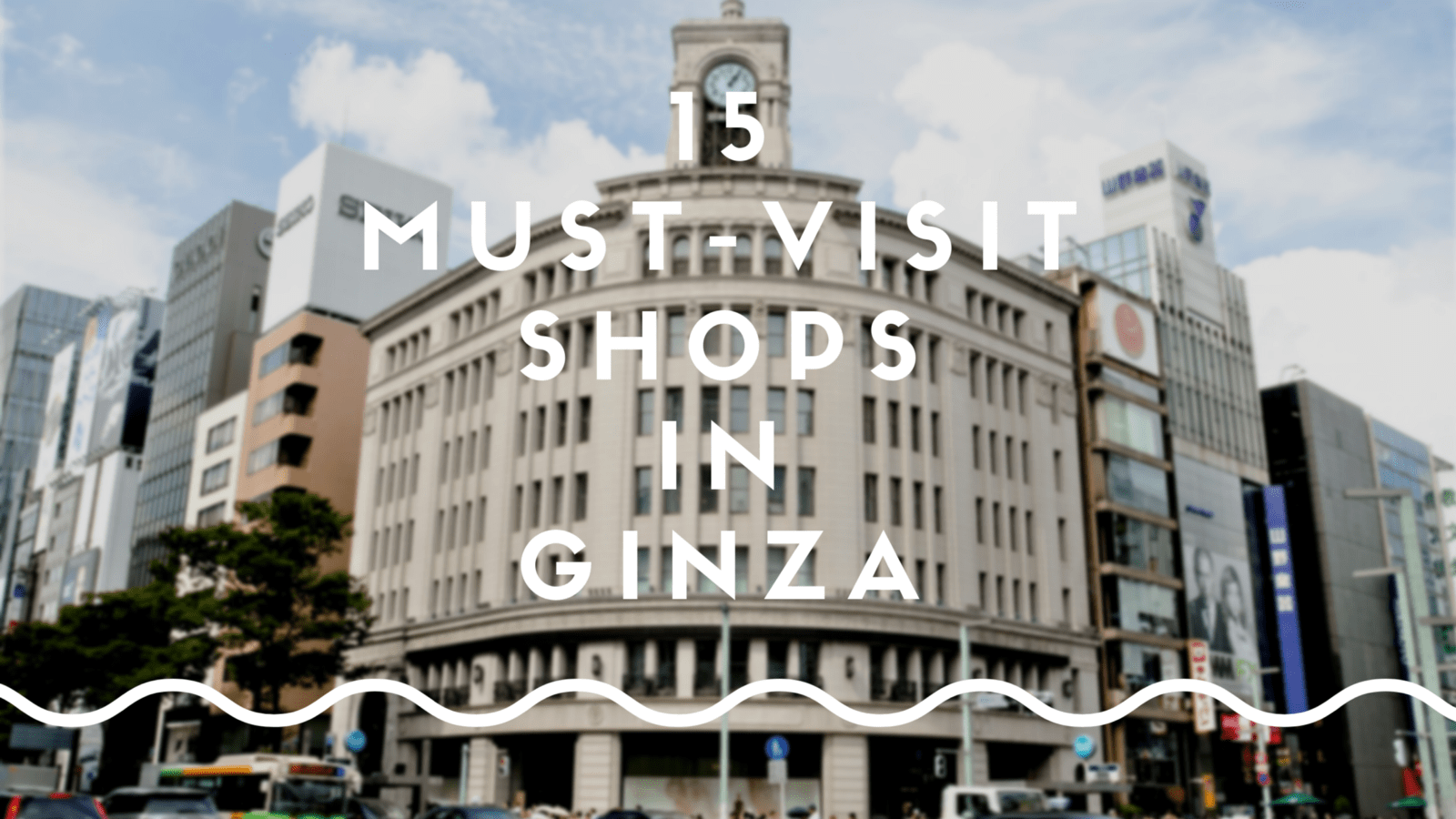Ginza: An All‑in‑One Guide for International Visitors
Discover the Best Things to Do, Top Shops, and Must-See Attractions in Tokyo’s Iconic Ginza Shopping District
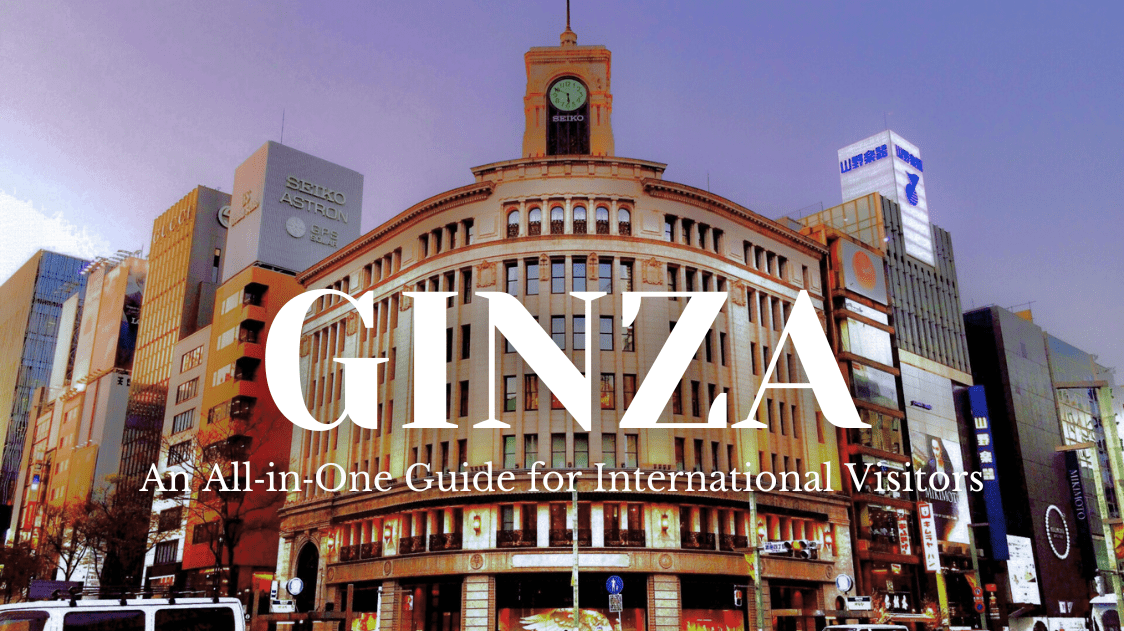
Ginza is one of Tokyo’s most iconic districts, renowned for its luxury shopping, innovative dining, and rich cultural heritage. Its name comes from “gin,” the Japanese word for silver, reflecting the area’s historical role as a silver mint in the Edo period.
Today, Ginza seamlessly blends modern skyscrapers and flagship stores with traditional theaters and galleries, making it a must-see destination for travelers seeking the best of Tokyo’s elegance, history, and style.
This article will show you an overview of what the Ginza area in Tokyo is. For a more detailed list of things to do in Ginza, be sure to check out our list of Things to Do in Ginza.
1. What is Ginza?
Ginza History
With a name that literally means “silver place,” Ginza traces its roots back to the Edo period (1603–1868), when a silver mint once operated in the area. Over the centuries, the neighborhood evolved from a center of commerce into a symbol of modernity and high society. By the late 19th and early 20th centuries, Ginza was among the first areas in Tokyo to embrace Western architecture and fashion, turning it into a stylish hotspot.
Modern-day Ginza
Today, the Ginza shopping district stands at the crossroads of tradition and innovation, where sleek skyscrapers coexist with historic theaters such as Kabukiza, and where Michelin-starred restaurants share the spotlight with centuries-old artisan shops. International travelers are drawn to its eclectic mix: upscale boutiques showcasing both Japanese and international brands, contemporary art galleries, and cultural landmarks that highlight the city’s long heritage.
Whether you come for the Ginza stores, the gourmet dining experiences, or simply to soak up its timeless elegance, Ginza’s multi-layered charm ensures there’s always something fresh and fascinating to discover.
2. Ginza Access & Practical Tips
How to Get to Ginza
- By Train/Metro: Ginza Station is served by multiple Tokyo Metro lines (Ginza, Marunouchi, and Hibiya Lines). Yurakucho Station (JR Yamanote Line) is also just a short walk away.
- From Airports:
- Haneda Airport: Take the Tokyo Monorail to Hamamatsucho, then transfer to the JR Yamanote Line for Yurakucho Station.
- Narita Airport: The Keisei Skyliner and the Narita Express go directly to Tokyo Station; from there, transfer to the JR Yamanote Line or walk for about 15 minutes.
- On Foot: The main Ginza shopping streets are only a few blocks long, so walking is the best way to explore. Side streets often hold hidden gems worth discovering.
Navigation Tips
Look for bilingual signage in stations—many signs are in Japanese and English. If you plan multiple visits, consider a prepaid IC card (Suica or Pasmo) for smooth travel on trains and buses.
Hotels in Ginza are usually high-end and expensive. However, if you’re looking for a low-budget option in the Ginza shopping district, check out our list of Best Cheap Hotels in Ginza.
3. Ginza Shopping Highlights
Luxury Brands & Department Stores
The Ginza shopping district is a paradise for shoppers, offering everything from luxurious department stores to globally renowned boutiques.
- Department Stores
Multi-level department stores like Ginza SIX offer a wide variety of products, from high-end fashion to gourmet food. Ginza SIX, in particular, stands out for its luxury brands, stunning art installations, and rooftop garden with panoramic views of Tokyo. - Luxury Brand Shops
Ginza is synonymous with global luxury, hosting flagship stores for brands like Chanel, Louis Vuitton, and Gucci. The iconic storefronts along Chuo-dori make Ginza stores a dream destination for anyone seeking timeless elegance. - Large Japanese Shops
In addition to international luxury, you’ll find popular Japanese Ginza shops like Don Quijote, known for quirky and affordable items, and Uniqlo Ginza, the largest Uniqlo store in Japan. Spanning 12 floors, it offers stylish clothing and exclusive collections.
Quirky & Niche Shops
Beyond luxury, Ginza shops include unique specialty stores.
- Stationery & Art Supplies
Check out specialty stores that stock washi paper, calligraphy tools, and unique gifts. Ginza Itoya (銀座伊東屋) is a must-visit for stationery lovers, offering 18 floors of high-quality stationery, art supplies, and office goods. Established over a century ago, it’s perfect for picking up elegant Japanese paper and craft materials. - Other Fascinating Shops and Services
Side streets feature concept boutiques, Japanese designer shops, and artisanal goods. Additionally, beauty salons with English-speaking staff offer premium haircuts, skincare, and nail art—perfect for travelers seeking pampering while exploring what to do in Ginza.
Check out our Ginza Shopping Guide article for more information about the best shops in Ginza.
4. Ginza Dining & Nightlife
Must‑Try Restaurants
- High-End Restaurants (Michelin-Starred)
Ginza is renowned for its Michelin-starred establishments, offering exquisite tasting menus crafted with the finest ingredients, such as Tempura Kondo (てんぷら 近藤), where light, crispy tempura is crafted with precision by a master chef. - High-End Sushi
As a hub of world-class sushi, Ginza is home to some of Tokyo’s most celebrated counters. At Ginza Kyubey (銀座久兵衛), a legendary sushi spot, you can enjoy specialties like anago (sea eel) and their innovative uni (sea urchin) wrapped in seaweed.
Be sure to also check out the best sushi restaurants in Tsukiji, which is close to Ginza. - Ramen
For a more casual yet delicious meal, Ginza’s ramen shops are unmissable. for example,Mugi to Olive (むぎとオリーブ) serves unique Hamaguri Soba, a light clam-based ramen recognized by the Michelin Guide. Be sure to also check out our other article on Ramen establishments in Ginza, rated by a Tokyoite! - Traditional Japanese Food
Beyond sushi and ramen, Ginza offers authentic traditional Japanese cuisine. Ginza Maru (銀座圓) serves high-quality dishes at reasonable prices, such as its grilled salmon lunch set, which is carefully deboned for easy eating and seasoned with sake lees for a distinctive flavor.
Cafés & Bars
- Chic Coffee Spots
Ginza’s café culture thrives in spots like Ginza Tricolore (トリコロール銀座), a retro café established in 1936. Known for its red velvet seats and nostalgic charm, it serves a signature pour-over coffee, the Antique Blend, perfect for a leisurely break. - Evening Drinks & Nightlife
As night falls, Ginza transforms into a sophisticated nightlife destination. Whether you choose a rooftop bar for city views or an intimate jazz lounge, the district offers refined cocktails, cozy wine bars, and live music venues that cater to those seeking elegance and ambiance.
5. Ginza Culture & Entertainment
Kabuki & Traditional Arts
- Kabukiza Theater:
The Kabukiza Theater is the heart of traditional Japanese performing arts in Ginza, showcasing the dramatic and visually stunning world of Kabuki. Known for its elaborate costumes and intricate stagecraft, the theater provides an immersive cultural experience. Even first-time visitors can enjoy single-act tickets, with multilingual audio guides available for better understanding. The basement level also features a gallery of Kabuki costumes and props, perfect for those curious to learn more about this iconic art form. - Art Galleries & Museums:
Ginza is home to a variety of galleries and museums that blend tradition with modernity. A standout is the Art Aquarium (アートアクアリウム美術館), where over 5,000 goldfish are displayed in artistically designed aquariums. This fusion of traditional aesthetics and digital art offers a unique, ever-changing experience for visitors.
Events & Seasonal Highlights
- Fashion Events:
Ginza’s luxury appeal extends to seasonal fashion events, including pop-up showcases and limited-edition collections. These events often take place in flagship stores or venues like Ginza Six, providing visitors a chance to engage with cutting-edge style in a vibrant atmosphere. - Street Closures on Weekends:
On weekends, Ginza’s Chuo-dori becomes pedestrian-only, allowing visitors to stroll freely through the area. Known as Hokosha Tengoku (Pedestrian Paradise), this event creates a lively environment, perfect for window shopping, enjoying street performances, or soaking in Ginza’s elegant charm.
Be sure to check out our Tokyo Weekly Event List article to learn about events you can participate during the week/weekend.
6. Ginza Recommended Itineraries
Ginza offers a flexible experience depending on your interests. If you’re a shopping enthusiast, you could easily spend an entire day exploring the Ginza shopping district, from department stores to boutique Ginza shops.
However, a few hours might suffice for those looking to simply walk around and soak in the atmosphere.
We highly recommend combining your Ginza visit with the nearby Tsukiji area for a full day of exploration. Start your morning at Hamarikyu Gardens, a serene escape with traditional teahouses and waterfront views. Next, head to the Tsukiji Outer Market to sample fresh seafood and shop for local specialties. Don’t miss the Tsukiji Honganji Temple, a Buddhist temple with striking architecture.
Stroll through Ginza’s elegant streets in the afternoon, stopping at popular Ginza stores and cafés. End your day in Yurakucho, where the cozy alleyways offer a taste of local izakayas and a lively atmosphere.
7. Ginza Local Secrets & Hidden Gems
While Ginza is famous for its luxury, many hidden gems in the Ginza shopping district await discovery.
Backstreet Architecture
Ginza is not only about modern buildings but also historical architecture. Iconic landmarks such as the Ginza Wako Building and Kabukiza Theater represent timeless elegance, while contemporary designs like the Mikimoto Ginza Building and Louis Vuitton Matsuya Ginza showcase bold creativity.
Hidden among quieter streets, you’ll also find charming older buildings with intricate designs that add a unique flavor to the area’s architectural landscape.
Smaller Art Spaces
Art lovers will find inspiration in Ginza’s galleries, both large and small. The ginza graphic gallery (ggg) specializes in graphic design, while Ginza Kuroda Touen showcases Japanese ceramic art.
These spaces highlight both traditional craftsmanship and modern creativity, making them a must for art enthusiasts exploring what to do in Ginza.
Tea & Dessert Spots
Many Ginza cafés embrace the nostalgic charm of Showa retro style, offering a cozy and unique experience. Cafe De L’Ambre and Cafe Benisica are perfect examples, serving exceptional coffee in settings that evoke Japan’s vintage aesthetic. These spots provide a relaxing break from Ginza’s busy streets.
8. Ginza Practical Info & Travel Tips
Currency Exchange
Major department stores in Ginza, such as Ginza Six, often have currency exchange counters, making it convenient for travelers to convert money. Additionally, dedicated exchange booths and ATMs that accept international cards can be found throughout the area.
Internet Connection
While many shops, cafés, and public spaces in Ginza offer free WiFi, it’s a good idea to rent a pocket WiFi device or purchase a SIM card or eSIM for seamless internet access throughout your trip. This ensures you stay connected while navigating Ginza or sharing your adventures online.
Language Tips
English signage is common in Ginza’s major shopping areas, and many high-end stores and restaurants have English-speaking staff or menus. Learning a few basic Japanese phrases, such as greetings and thank you, can go a long way in showing politeness and enhancing your experience. Here is our list of Japanese phrases you can use when shopping, when at a hotel, and at a train station.
Etiquette Reminders
- Politeness is highly valued in Japan, so always greet shop staff with a smile and a nod.
- Avoid eating while walking in public spaces, as it’s considered impolite.
- Queueing is a standard practice, so be patient and wait your turn in lines.
Ginza offers a captivating mix of old and new, from legendary department stores to intimate cafés and cultural landmarks. Whether you’re seeking luxury shopping, savoring world-class cuisine, or diving into Japan’s performing arts, Ginza’s refined charm never fails to impress.
For more info about the Ginza and Tsukiji area, please check out these articles, too!
Written by
Born and raised in Costa Rica, I started living in Tokyo from college. I love traveling within Japan & around the world. Since I wasn’t born in Japan, I know the cultural impact that you can get when visiting Japan for the first time and what you might be worried about before your trip. And I’ve lived long enough to somewhat understand the nuances of the Japanese culture that make this country such an attractive place to visit. Hopefully I can provide to you both the information you’re looking for and the information you didn’t know you needed to know.





